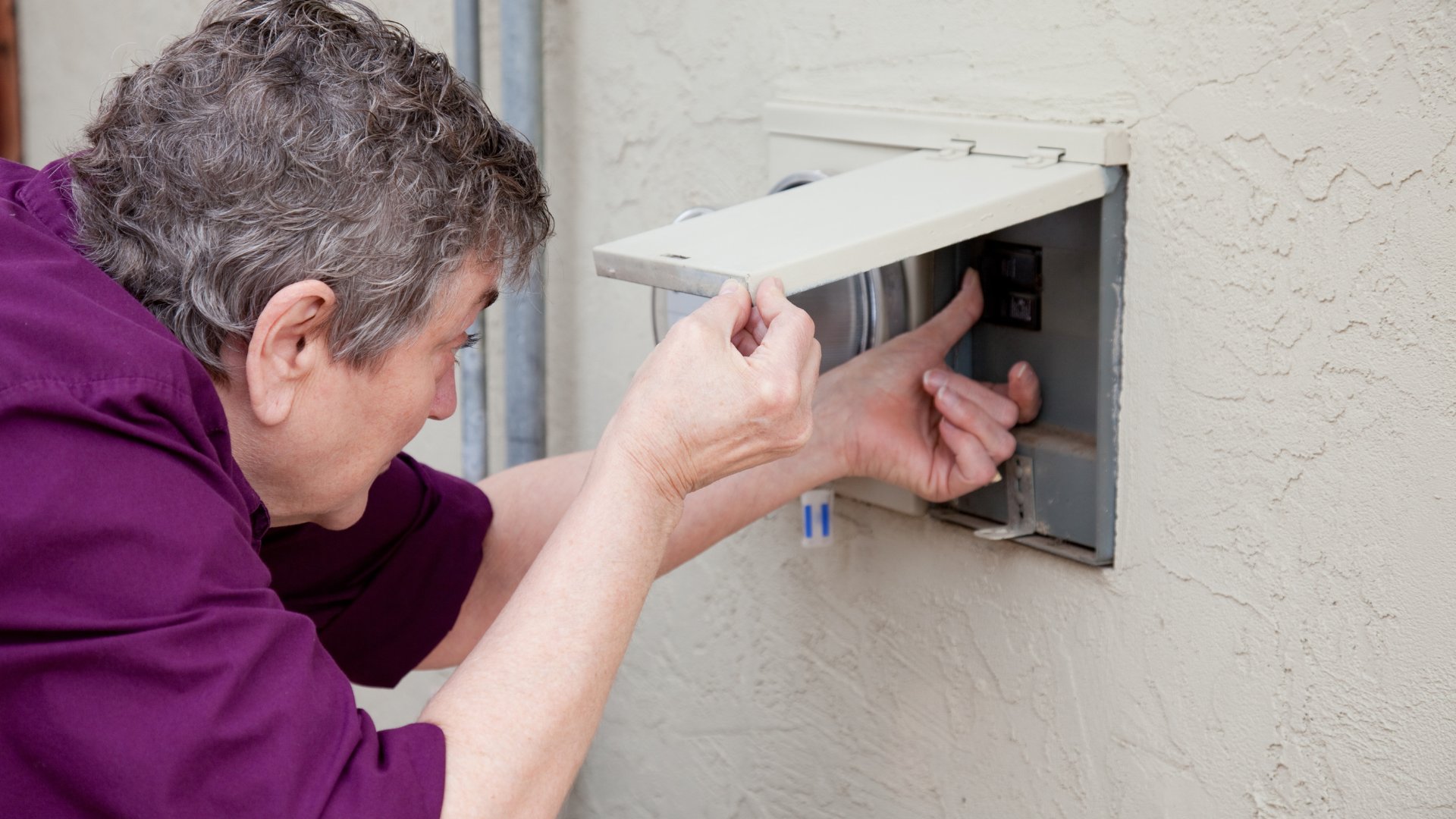

Articles
Where Is The Doorbell Breaker
Modified: January 8, 2024
Discover tips and tricks for finding the doorbell breaker in this informative article. Get expert advice and troubleshooting techniques.
(Many of the links in this article redirect to a specific reviewed product. Your purchase of these products through affiliate links helps to generate commission for Storables.com, at no extra cost. Learn more)
Introduction
Welcome to this comprehensive guide on doorbell breakers. You may not give much thought to your doorbell breaker, but it plays a crucial role in the functionality of your doorbell system. Whether you are experiencing issues with your doorbell or you simply want to learn more about this essential component, this article aims to provide you with a deeper understanding.
The doorbell breaker serves as a crucial intermediary between your doorbell and the main electrical panel of your home. It is responsible for regulating the electrical current that powers your doorbell, ensuring that it operates smoothly and safely. Without a properly functioning doorbell breaker, your doorbell may not work at all or may experience intermittent problems.
Understanding how your doorbell breaker operates and knowing how to troubleshoot common issues will save you time and money. Before we dive into troubleshooting steps, let’s take a closer look at the doorbell breaker and its importance.
Key Takeaways:
- The doorbell breaker is a vital safety component that protects your doorbell from electrical hazards, power surges, and signal instability, ensuring a reliable and long-lasting doorbell system.
- Troubleshooting common issues with the doorbell breaker, such as faulty wiring and burned-out transformers, can help maintain a functional doorbell system. Hiring a professional electrician ensures safe and efficient repairs when needed.
The Importance of a Doorbell Breaker
Although often overlooked, the doorbell breaker is a vital component of your home’s electrical system. It ensures the proper distribution of electricity to your doorbell, protecting it from power surges and potential damage. Here are a few key reasons why a functioning doorbell breaker is essential:
- Electrical Safety: The doorbell breaker acts as a safety measure by monitoring and regulating the electrical current that flows to your doorbell. It helps prevent overheating, short circuits, and electrical fires that could occur if the current exceeds the safe limit.
- Signal Stability: A doorbell breaker ensures a stable and reliable power supply to your doorbell. It prevents voltage fluctuations, which can cause your doorbell to malfunction or produce weak and inconsistent signals.
- Protection from Power Surges: Power surges can happen due to lightning strikes, utility grid fluctuations, or electrical equipment malfunctions. A doorbell breaker acts as a buffer, absorbing and redirecting excess electrical energy away from your doorbell, keeping it safe from damage.
- Longevity of the Doorbell System: By maintaining a stable power supply, the doorbell breaker helps extend the lifespan of your doorbell and its components. It reduces wear and tear on internal electrical circuits, ensuring that your doorbell operates optimally for years to come.
Overall, the doorbell breaker is a crucial safeguard that not only protects your doorbell but also ensures the safety of your home and its occupants. Now that we understand the importance of a functional doorbell breaker, let’s delve deeper into its composition and operation.
Understanding the Doorbell Breaker
Before we discuss troubleshooting steps for a faulty doorbell breaker, let’s take a closer look at its structure and function. Understanding how the doorbell breaker works will help you identify potential issues and determine the appropriate solutions.
A doorbell breaker, also known as a transformer, is a small device typically located near your main electrical panel. It converts the high-voltage electrical current from your home’s electrical system to a lower voltage suitable for your doorbell. This step-down transformation is necessary because doorbells usually operate on low voltage, typically around 12 to 24 volts.
The doorbell breaker consists of several key components:
- Primary Coil: The primary coil is connected to the home’s electrical system and receives the high-voltage current. It is typically composed of a coiled wire wound around an iron core.
- Secondary Coil: The secondary coil is responsible for converting the high-voltage current into low-voltage electricity. It is wound tightly around the same iron core as the primary coil to facilitate energy transfer.
- Iron Core: The iron core serves as a magnetic medium that allows efficient energy transfer between the primary and secondary coils. It acts as a conduit, reducing energy loss during the transformation process.
- Circuit Breaker: The doorbell breaker includes a circuit breaker to protect against electrical overloads. If the doorbell system draws excessive current or experiences a short circuit, the breaker will trip, cutting off the power supply to prevent damage.
When you press the doorbell button, it closes a circuit that sends a signal to the doorbell breaker. The breaker then converts the electrical current from high voltage to low voltage, which powers the doorbell chime and activates the sound or visual alert.
Now that we have covered the basics of the doorbell breaker, we can move on to explore some common reasons why your doorbell breaker may be malfunctioning.
Reasons for a Non-Functioning Doorbell Breaker
If your doorbell is not functioning properly, there could be several reasons why the doorbell breaker is not working as it should. Here are some common issues that can cause a non-functioning doorbell breaker:
- Faulty Wiring: One of the most common reasons for a non-functioning doorbell breaker is faulty wiring. Over time, the wiring can become loose or damaged, leading to a loss of electrical connectivity. Inspect the wiring connections at both the doorbell and the breaker to ensure they are secure and free from any damage or corrosion.
- Tripped Circuit Breaker: If the circuit breaker connected to the doorbell breaker has tripped, it will shut off the power supply to the doorbell. This can happen due to an electrical overload or a short circuit. Check the circuit breaker panel and reset any tripped breakers. Be aware that if the breaker trips repeatedly, it may indicate a deeper electrical issue that requires professional attention.
- Burned-Out Transformer: Over time, the transformer within the doorbell breaker can burn out due to excessive heat or age. A burned-out transformer will result in a complete loss of power to the doorbell. To check if the transformer is the issue, use a multimeter to test the voltage output at the doorbell breaker. If there is no voltage or a significantly lower voltage reading, it indicates a faulty transformer that needs to be replaced.
- Defective Doorbell Button: Sometimes, the problem may not lie with the doorbell breaker itself, but rather with the doorbell button. If the button is defective or the wiring leading to it is damaged, it can cause the doorbell to malfunction. Inspect the doorbell button and its wiring for any visible signs of damage or wear. Consider replacing the button if necessary.
- Power Supply Issues: In some cases, the non-functioning doorbell breaker may be due to overall power supply issues in your home. Check if other electrical devices or outlets are also experiencing problems. If there are widespread issues, it could indicate an electrical system problem that needs the attention of a professional electrician.
By identifying the potential reasons for a non-functioning doorbell breaker, you can effectively troubleshoot and address the issue. In the next section, we will explore troubleshooting steps to help you resolve common problems with your doorbell breaker.
Check the main electrical panel in your home to locate the doorbell breaker. It may be labeled as “doorbell” or “chime.” If not, look for a small, low-voltage transformer near the panel.
Troubleshooting Steps for a Faulty Doorbell Breaker
If you are experiencing issues with your doorbell breaker, there are several troubleshooting steps you can take to identify and resolve the problem. Follow these steps to troubleshoot a faulty doorbell breaker:
- Check the Doorbell Button: Start by inspecting the doorbell button itself. Press the button and listen for any clicking or buzzing sounds. If you hear a sound, it indicates that the button is working, and the issue might lie elsewhere. If there is no response, the button may be defective or the wiring leading to it could be damaged.
- Inspect the Wiring: Examine the wiring connections at both the doorbell button and the doorbell breaker. Look for loose or damaged wires, and ensure that all connections are secure. If you notice any frayed or exposed wires, they will need to be repaired or replaced.
- Reset the Circuit Breaker: Check the main electrical panel to see if the circuit breaker connected to the doorbell breaker has tripped. If it has, reset the breaker by switching it off and then back on. If the breaker trips again, there may be an underlying electrical issue that requires professional attention.
- Test the Transformer: Use a multimeter to test the voltage output at the doorbell breaker. Touch the multimeter probes to the transformer terminals and check the voltage reading. If there is no voltage or a significantly lower voltage than expected, it indicates a faulty transformer. In this case, the transformer will need to be replaced.
- Power Supply Check: Ensure that your home has a steady power supply. Check if other electrical devices or outlets are functioning properly. If multiple devices are experiencing issues, it could indicate a larger power supply problem. Contact a professional electrician to check the overall electrical system in your home.
- Consult a Professional: If you have tried the above troubleshooting steps and are still unable to resolve the issue with your doorbell breaker, it is advisable to seek the assistance of a professional electrician. They have the knowledge and expertise to diagnose and repair complex electrical problems safely.
Remember, when dealing with electrical components, always prioritize safety. Before attempting any troubleshooting steps, ensure that the power to the doorbell breaker is turned off. If you are uncertain or uncomfortable performing any electrical work, it is best to consult with a professional.
By following these troubleshooting steps, you can often identify and resolve common issues with your doorbell breaker and restore its functionality.
Read more: Where Are Circuit Breakers Located
Hiring a Professional for Doorbell Breaker Repair
While some doorbell breaker issues can be resolved through troubleshooting and basic repairs, there are occasions when it’s best to hire a professional electrician to handle the repair work. Here are a few reasons why you might consider hiring a professional for doorbell breaker repair:
- Safety: Dealing with electrical components can be dangerous, especially if you lack the necessary knowledge and experience. Hiring a professional ensures that the repair work is done safely, minimizing the risk of electrical hazards or personal injury.
- Expertise: Professional electricians have a deep understanding of electrical systems and components. They are trained to diagnose and resolve complex issues related to doorbell breakers. Their expertise allows them to quickly identify the root cause of the problem and provide an effective solution.
- Proper Tools and Equipment: Electricians have access to specialized tools and equipment that may be required for doorbell breaker repair. Trying to tackle the repair yourself without the proper tools can result in further damage or complications.
- Time and Efficiency: Hiring a professional electrician saves you time and ensures a quicker resolution to the problem. They have the experience and knowledge to efficiently diagnose and repair the doorbell breaker, minimizing downtime and inconvenience.
- Warranty and Guarantees: Many professional electricians offer warranties or guarantees on their workmanship. This means that if the repaired doorbell breaker experiences any issues within a certain period, the electrician will come back and fix it at no additional cost.
When hiring a professional electrician for doorbell breaker repair, consider the following tips:
- Ask for recommendations from friends, family, or neighbors who have had similar electrical work done.
- Ensure that the electrician is licensed, insured, and has the necessary certifications.
- Request a detailed quote that includes the cost of labor, materials, and any potential additional charges.
- Consider getting multiple quotes to compare prices and services.
- Read reviews or testimonials to get an idea of the electrician’s reputation and customer satisfaction.
By hiring a professional electrician, you can have peace of mind knowing that your doorbell breaker repair is being handled by a qualified expert. Their expertise and specialized tools ensure a safe and efficient resolution to your doorbell breaker issues.
Conclusion
In conclusion, the doorbell breaker plays a crucial role in the proper functioning of your doorbell system. It ensures electrical safety, signal stability, and protection from power surges, ultimately contributing to the longevity of your doorbell. Understanding the various components and operation of the doorbell breaker is essential in troubleshooting and resolving any issues that may arise.
When faced with a non-functioning doorbell breaker, it is important to check for common problems such as faulty wiring, tripped circuit breakers, burned-out transformers, defective doorbell buttons, and power supply issues. By following simple troubleshooting steps, you may be able to identify and resolve the problem on your own.
However, if you are uncomfortable or unsure about performing electrical repairs, it is advisable to hire a professional electrician. They have the knowledge, expertise, and necessary tools to handle doorbell breaker repairs safely and efficiently. Additionally, hiring a professional ensures that the repair work is done correctly and may come with warranties or guarantees for added peace of mind.
Remember, when dealing with electrical components, always prioritize safety. If you are unsure or uncomfortable with any electrical work, it is best to seek professional assistance.
By understanding the importance of a functional doorbell breaker, knowing how it operates, and being aware of common issues and troubleshooting steps, you can maintain a reliable and effective doorbell system in your home. Whether you choose to troubleshoot the problem yourself or hire a professional, a properly functioning doorbell breaker ensures that you never miss a visitor at your door.
Frequently Asked Questions about Where Is The Doorbell Breaker
Was this page helpful?
At Storables.com, we guarantee accurate and reliable information. Our content, validated by Expert Board Contributors, is crafted following stringent Editorial Policies. We're committed to providing you with well-researched, expert-backed insights for all your informational needs.
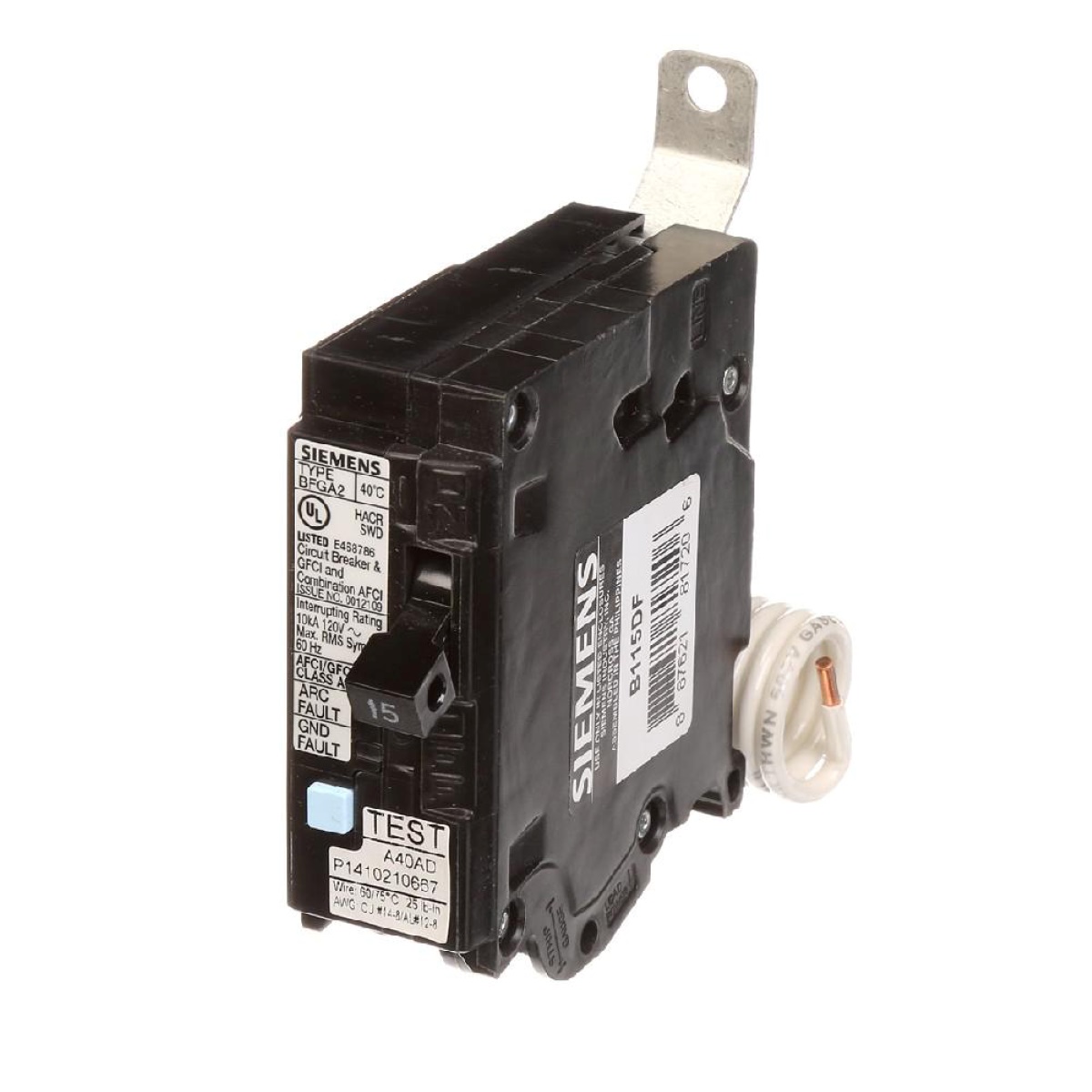
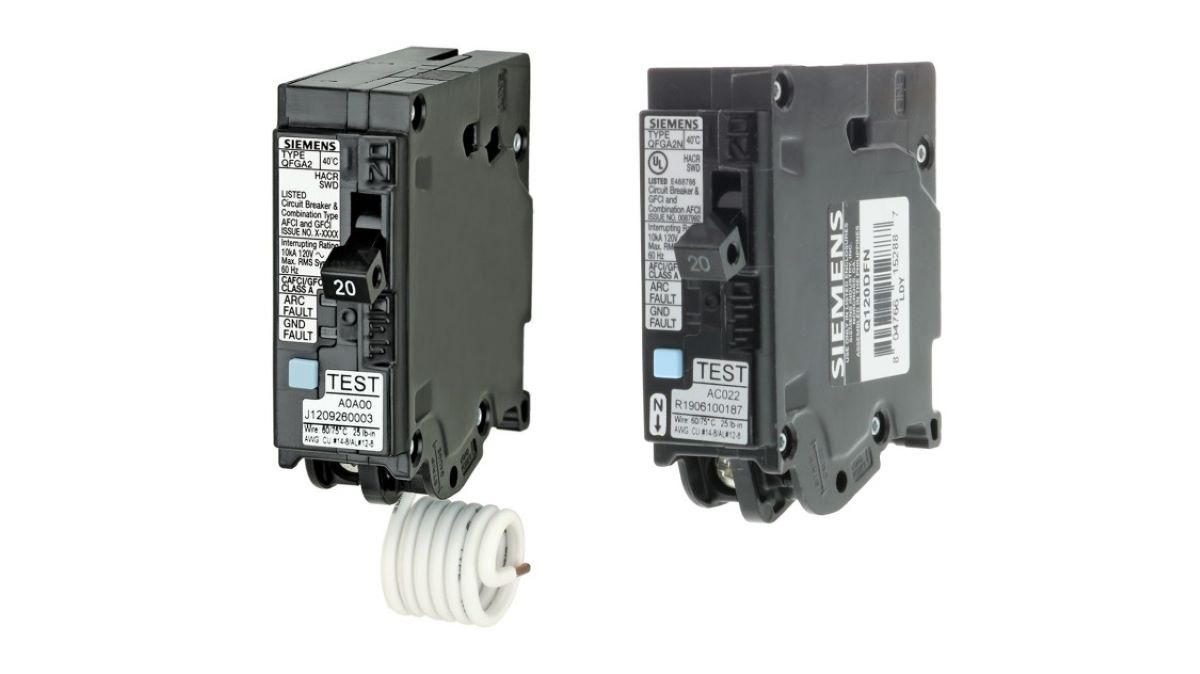
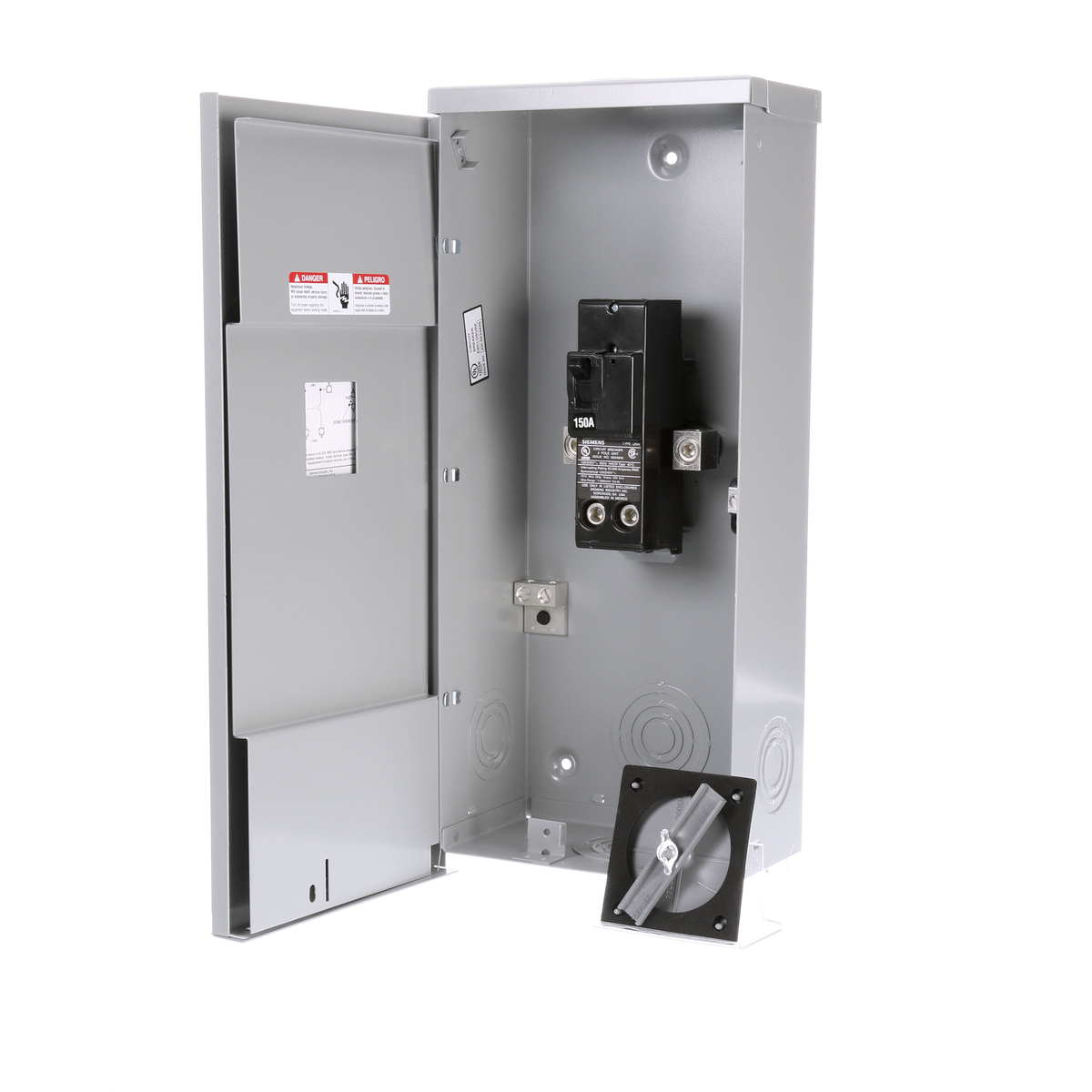
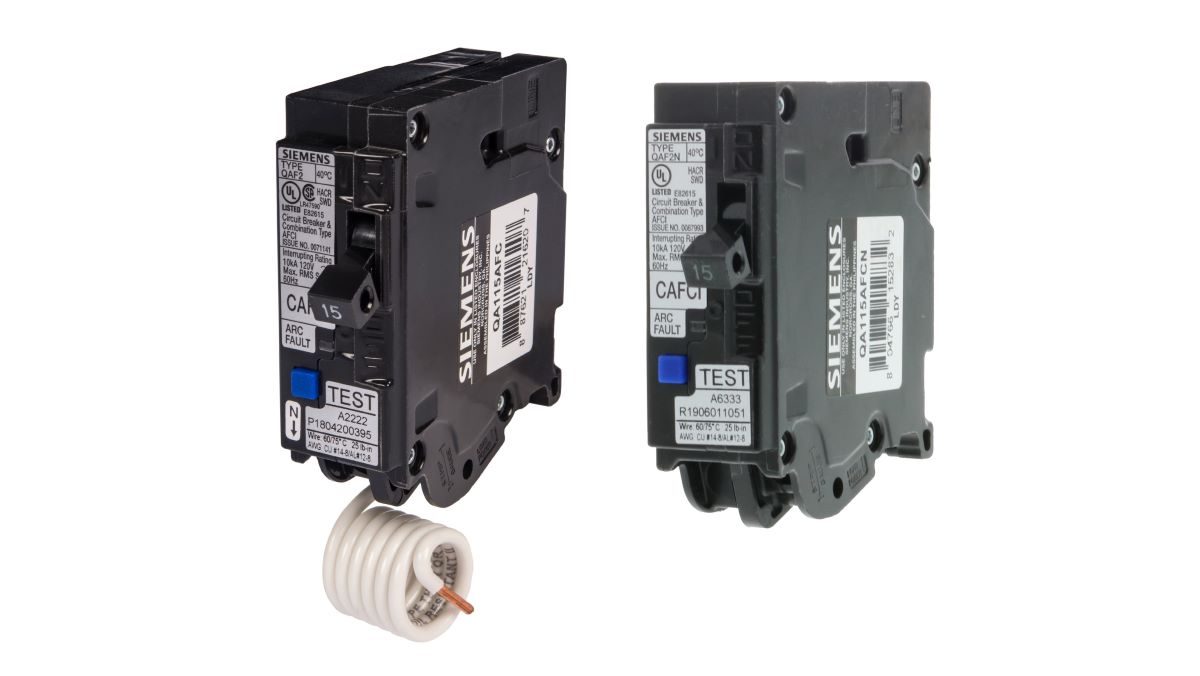
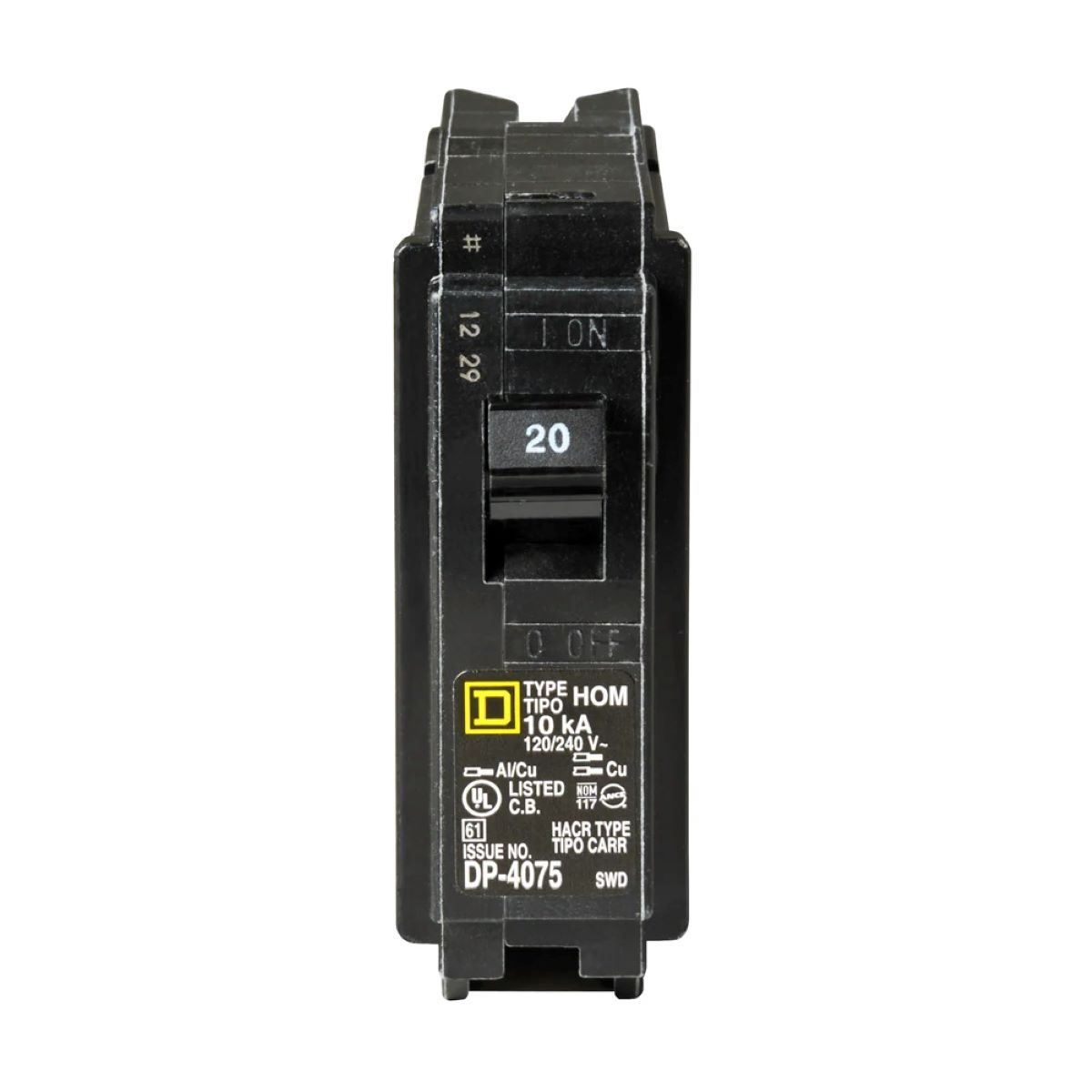
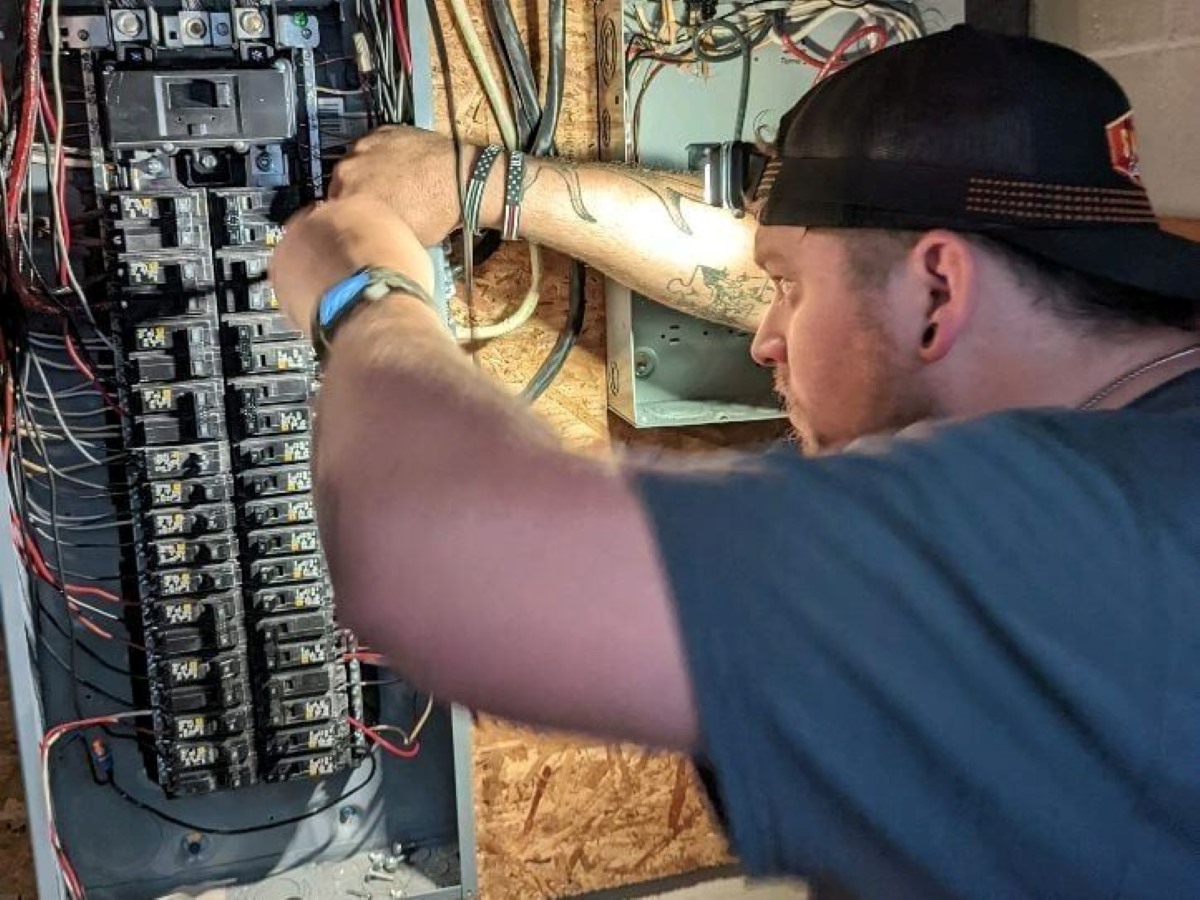
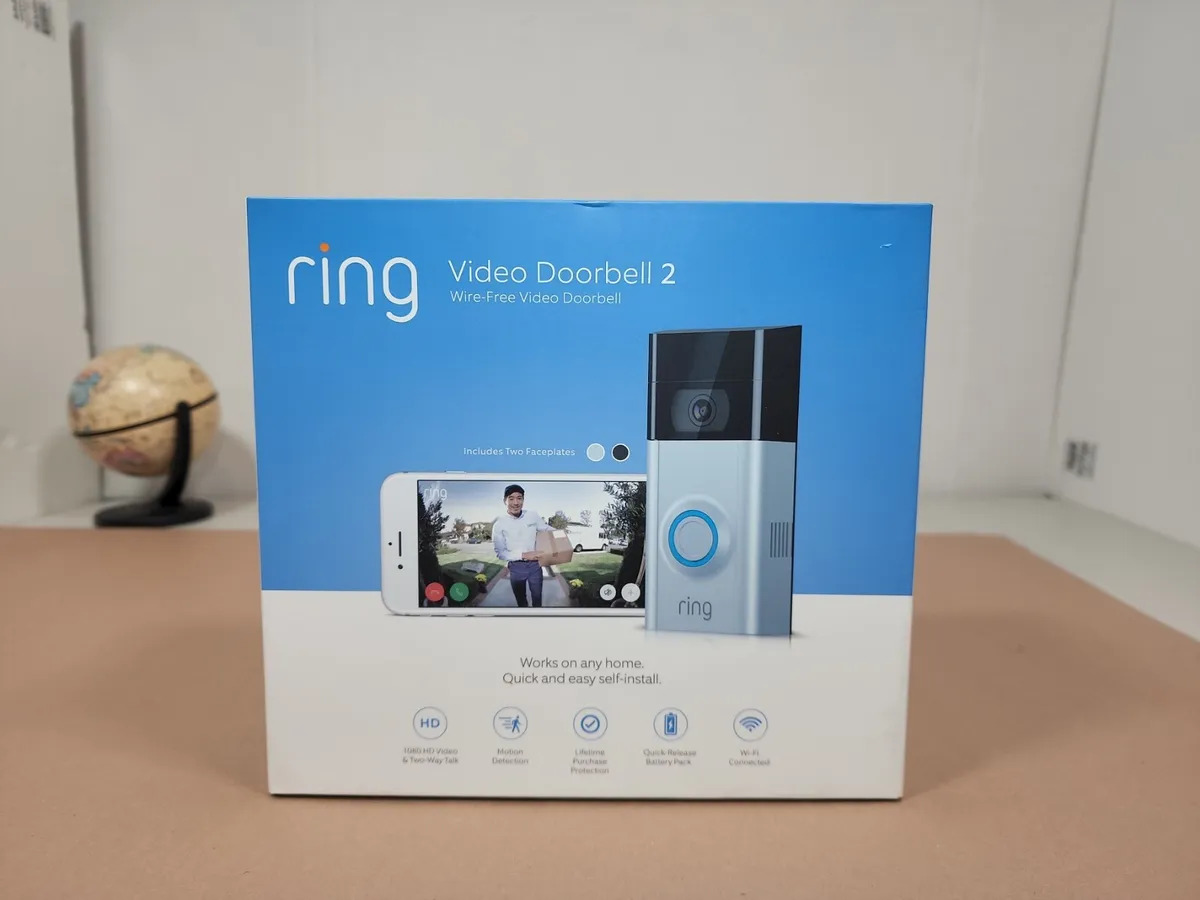
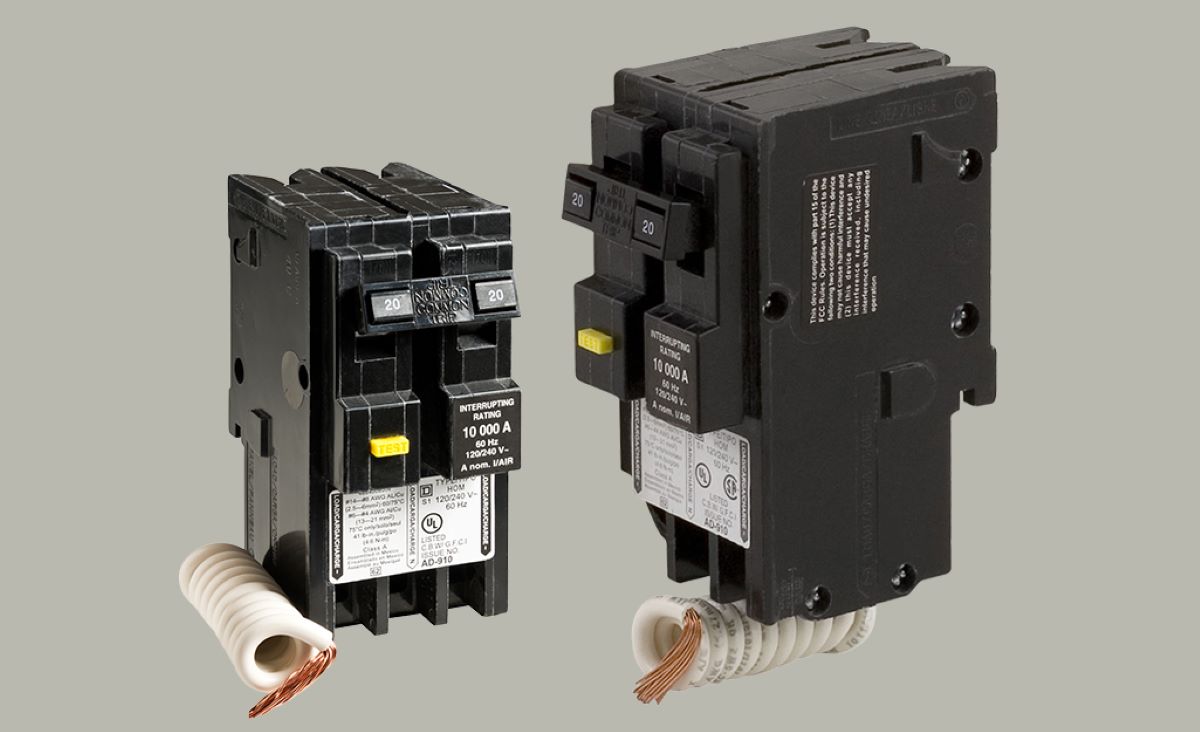

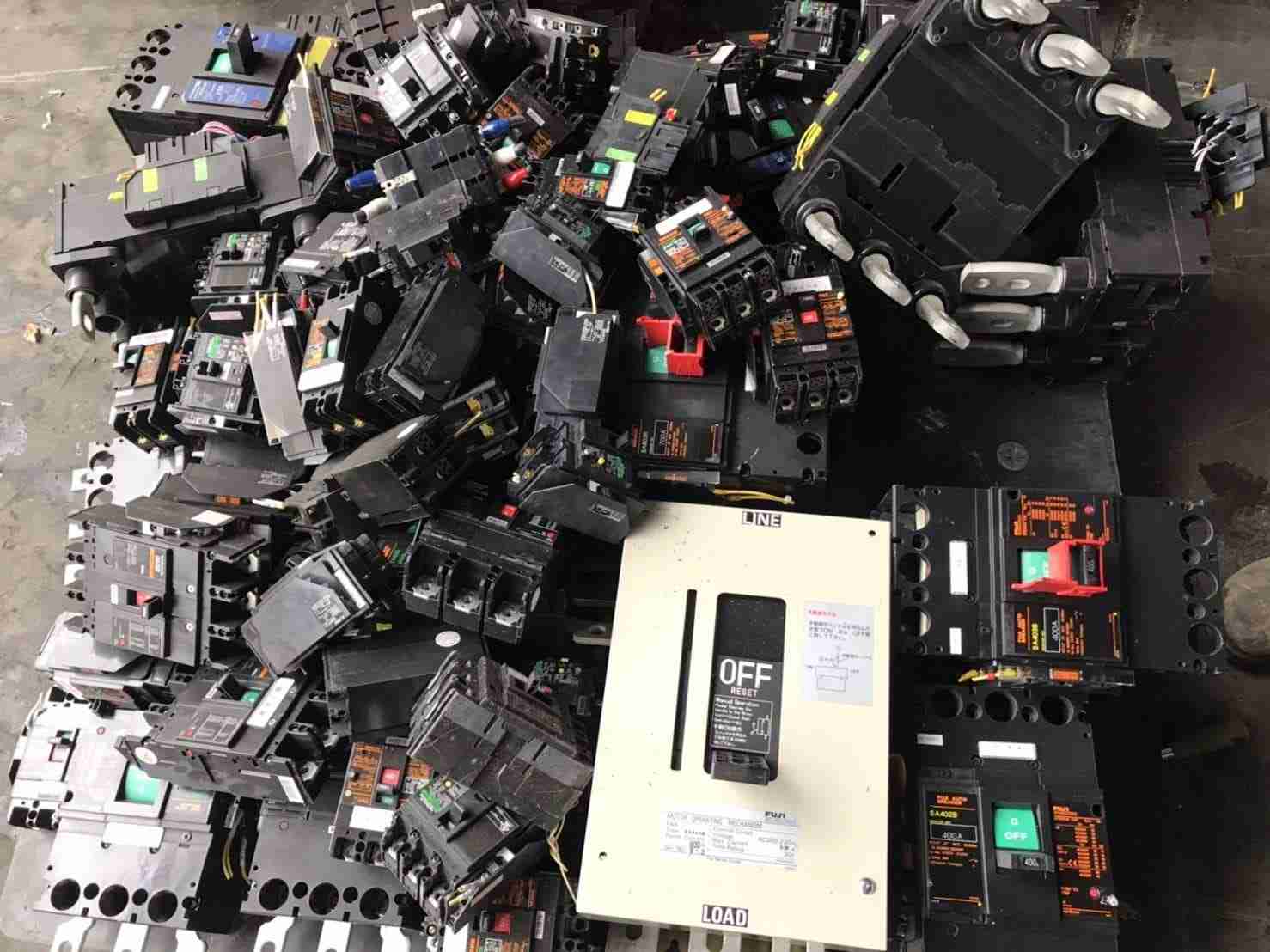


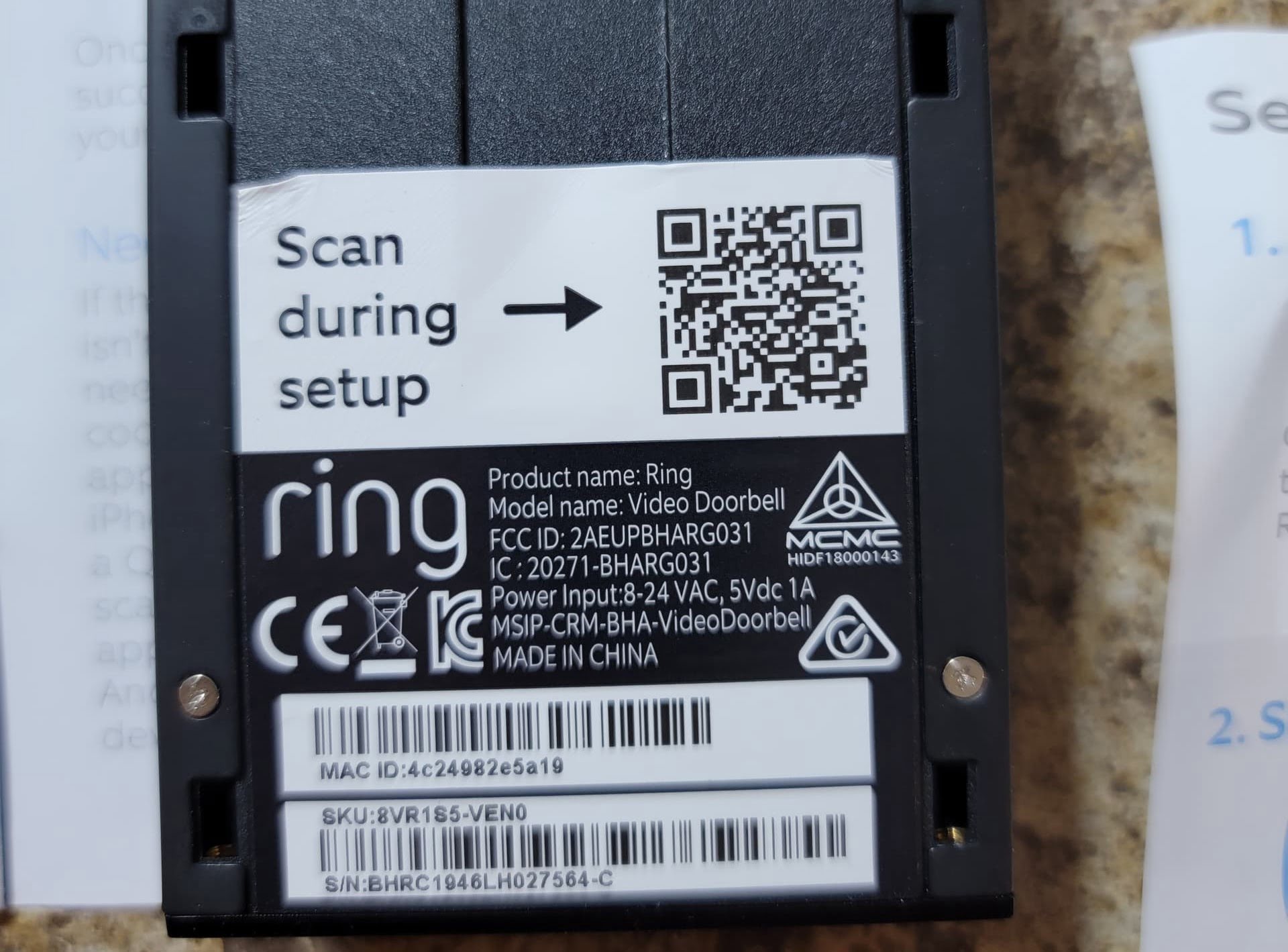


0 thoughts on “Where Is The Doorbell Breaker”